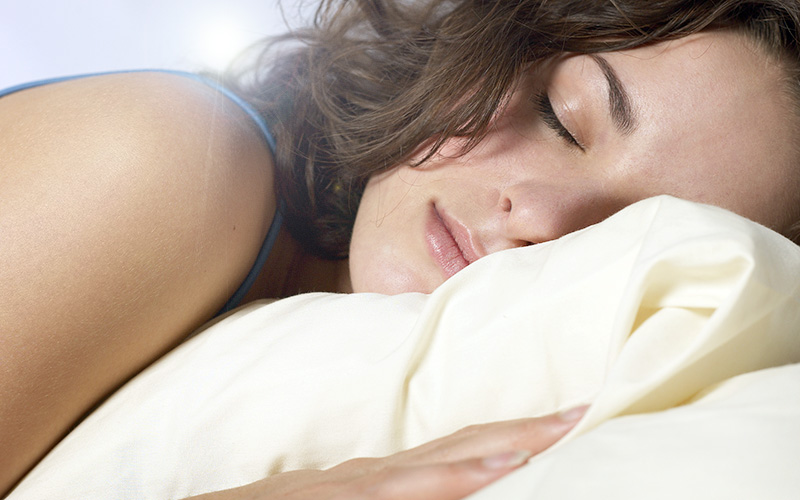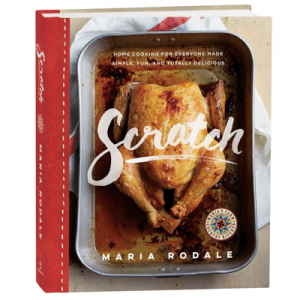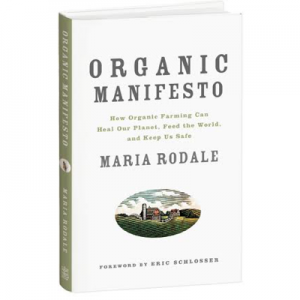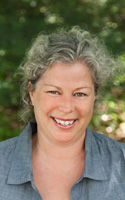
by guest blogger Cassidy Randall, marketing director of MADE SAFE
If you’re going to choose one room in your house to detox, start with where you sleep.
The body does important rejuvenation, repair and detoxification work when resting. But if the environment you sleep in is toxic, you’re adding unnecessary work to the load limiting the body’s innate ability to preserve our health and prepare us for the new day ahead.
Babies and children are particularly vulnerable to toxic chemicals in this regard. They sleep more than adults to support their rapid mental and physical development; combined with the fact that exposure to toxic chemicals during these critical windows of development can be detrimental, it’s important that babies and children are sleeping on safe surfaces.
How Do Our Bodies Detox During Sleep?
Our Brains: One study from the University of Rochester Medical Center shows that our brains have a method for removing toxic waste that actually ramps up while we sleep. Essentially, they discovered that our brain cells shrink by up to 60 percent while we sleep, which allows the glymphatic system (which acts much like the lymphatic system but is unique to the brain) to pump cerebral spinal fluid through our brains and flush the waste from the brain back into the body’s circulatory system, where it reaches the liver and is eventually eliminated.
Our Hormones: When we sleep, our hormone system is in an anabolic state which allows for energy conservation, repair, and growth processes. The body produces human growth hormone (HGH) which promotes the maintenance and repair of muscles and bones, renewing tissues faster than while we’re awake.
Our Skin: During the day, our skin sheds its layers of dead cells. At night during sleep, the skin speeds up its metabolic rate so that cells can increase production of proteins. Proteins aid cell growth and repair damage from things like ultraviolet rays.
Toxic Chemicals in Bedding
So what are we sleeping on or in that could actually be harming our health while we sleep, rather than allowing it to detox?
Mattresses: Mattresses all have the same basic overall structure, which according to The Mattress Matters report from Clean and Healthy New York, may contain chemicals of concern in any of the four layers:
- Core: Polyurethane foam, also appearing as “memory foam” or “soy foam,” is made with a potentially cancer-causing chemical, and may emit VOCs. VOCs can also be found in synthetic latex foam, which can irritate eyes, nose and throat, cause headaches and are linked to cancer.
- Padding: Polyester is often used for padding, which is a petroleum product that may contain hidden additives and contaminants.
- Flame retardant material and chemicals: Studies show that these toxic chemicals appear immediately in the bloodstream and urine, and have linked flame retardants to long-term impacts like endocrine disruption, lower IQ, ADD, fertility issues, thyroid disease and cancer. They are heavy polymers and wind up in common household dust; they’re inhaled and consumed and then stored in our fat, and they bio-accumulate and increase through the food chain.
- Cover or “ticking” (crib mattresses): This layer is often made of vinyl, used as a waterproof cover. Vinyl relies on many toxic chemicals throughout its production, including cancer-causing chemicals, asthma triggers, and developmental toxins.
Pillows: Pillows can also be made out of polyurethane foam that’s coated in flame retardants. In addition to the health hazards of flame retardants listed above, studies are showing that these added chemicals are not even effective in preventing or slowing fires.
Sheets: Sheets that are labeled “wrinkle-free” are finished with a chemical process that includes formaldehyde. This chemical is linked to short-term health problems like skin irritation and respiratory problems. In the long term, formaldehyde is linked to cancer, and listed as a known human carcinogen by the National Toxicology Program.
Tips on Detoxing The Bedroom
- Avoid mattresses made with materials and chemicals such as polyurethane foam and chemical flame barriers or other flame retardant chemicals, formaldehyde, pesticides, glues or other chemical adhesives, and GMOs.
- Avoid mattresses made with potential allergens like latex or soy (including so-called soyfoam or ecofoam).
- Look for mattresses that are waterproofed with food-grade polyethylene which meets FDA food-contact standards, and not with vinyl or perfluorinated compounds or other questionable materials.
- The healthiest mattresses are made with organic cotton, organic wool, organic latex, and individually encased coils.
- Look for all bedding, including sheets, pads, toppers, blankets, comforters, etc., made from natural fabrics like organic cotton and wool that are free of harmful chemicals.
- Open the windows in your bedroom for a minimum of ten minutes prior to sleep to reduce any build-up of volatile organic compounds (VOCs) that may exist in the room due to off-gassing from any of the chemicals mentioned above.
- Look for the MADE SAFE seal. Naturepedic and Lullaby Earth are the first mattress companies to certify all of their mattresses as MADE SAFE. This means that they don’t contain any materials or components that are known carcinogens, behavioral, developmental, reproductive, and neuro toxins, hormone disruptors, heavy metals, pesticides, fire retardants, GMOs, toxic solvents, or harmful VOCs. MADE SAFE also examines materials for bioaccumulation (builds up in our bodies), persistence (doesn’t break down in the environment) and aquatic toxicity, making it the leading health and environmental safety standard on the market.
 Cassidy Randall is the marketing director of MADE SAFE. She has a decade of experience working with companies to eliminate toxic chemicals, from corporate giants like SC Johnson and Procter & Gamble to small startups. She sits on the board of the Savvy Women’s Alliance, and was formerly a director of the national group Women’s Voices for the Earth (WVE). Cassidy has an M.S. in Environmental Studies from the University of Montana and a B.A. from UCLA.
Cassidy Randall is the marketing director of MADE SAFE. She has a decade of experience working with companies to eliminate toxic chemicals, from corporate giants like SC Johnson and Procter & Gamble to small startups. She sits on the board of the Savvy Women’s Alliance, and was formerly a director of the national group Women’s Voices for the Earth (WVE). Cassidy has an M.S. in Environmental Studies from the University of Montana and a B.A. from UCLA.
For more on MADE SAFE certified products and avoiding toxic chemicals that can harm our health, visit madesafe.org.




Hi,great articles.I just wanted to ask for a more extensive list of companies or brands that sell such products if possible. I looked up made safe for the mattress is mostly for baby mattresses. I understand you would not want to endorse any brands but after hearing this, it’s just so exhausting having to worry about yet another thing that is potentially bad for one (food, clothes, mattress, sheets, shampoo, water, essentially everything.) I love the blog and I say this with utmost love and understanding.